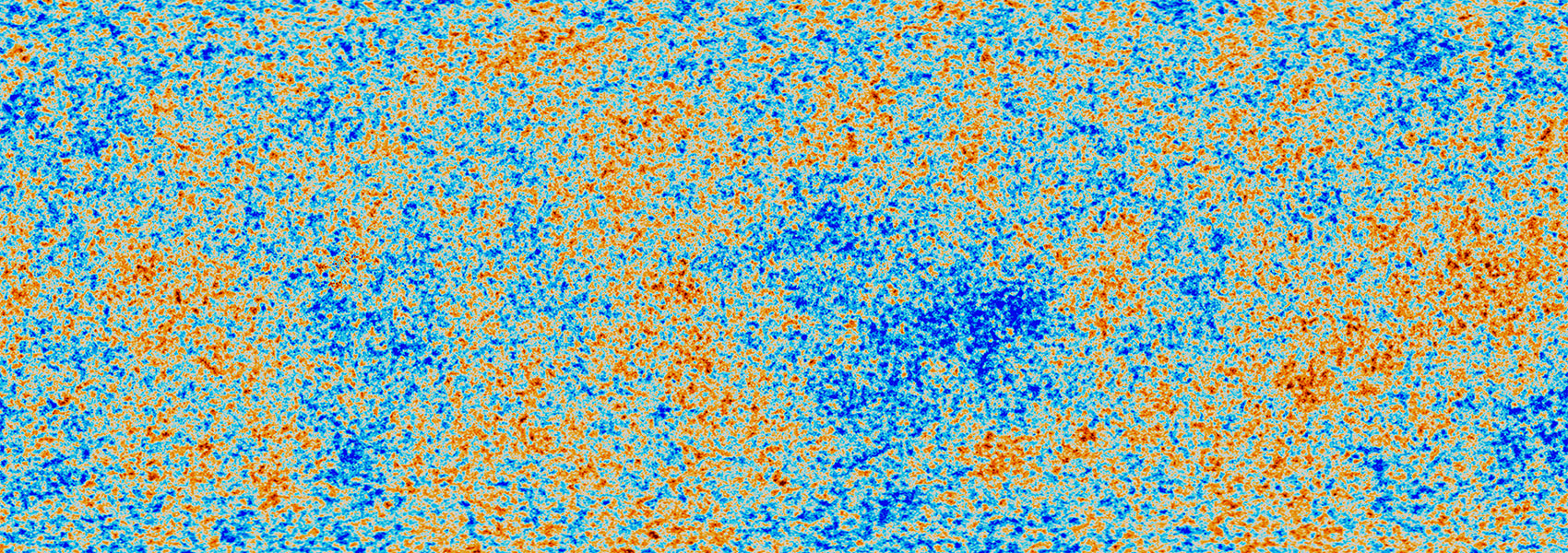The Kepler mission discovered hundreds of gas giant planets and planet candidates, yet only one giant planet was found orbiting a low-mass M-dwarf star. This rarity aligns with the widely accepted core accretion theory of planetary formation, which suggests that M-dwarf disks lack the material necessary to form massive planets. However, observations with the Transiting Exoplanet Survey Satellite (TESS) have significantly expanded this population, with more than 20 such planets now known—and tens of candidates waiting for confirmation. Their existence challenges our understanding of planet formation, though their atmospheres may hold vital clues surrounding the natal environment of their protoplanetary disk. In this talk, I will present results from our James Webb Space Telescope (JWST) Cycle 2 spectroscopic survey of seven giant exoplanets orbiting M-dwarf stars. These observations provide surprising new insights into both the planetary atmospheric compositions as well as an in-depth look at the stellar activity of their "inactive" host stars. Additionally, I will share preliminary findings from JWST Cycle 3 observations of TOI-3884b—a super-Neptune orbiting its mid M-dwarf star on an inclined polar orbit that consistently transits the same stellar spot.



